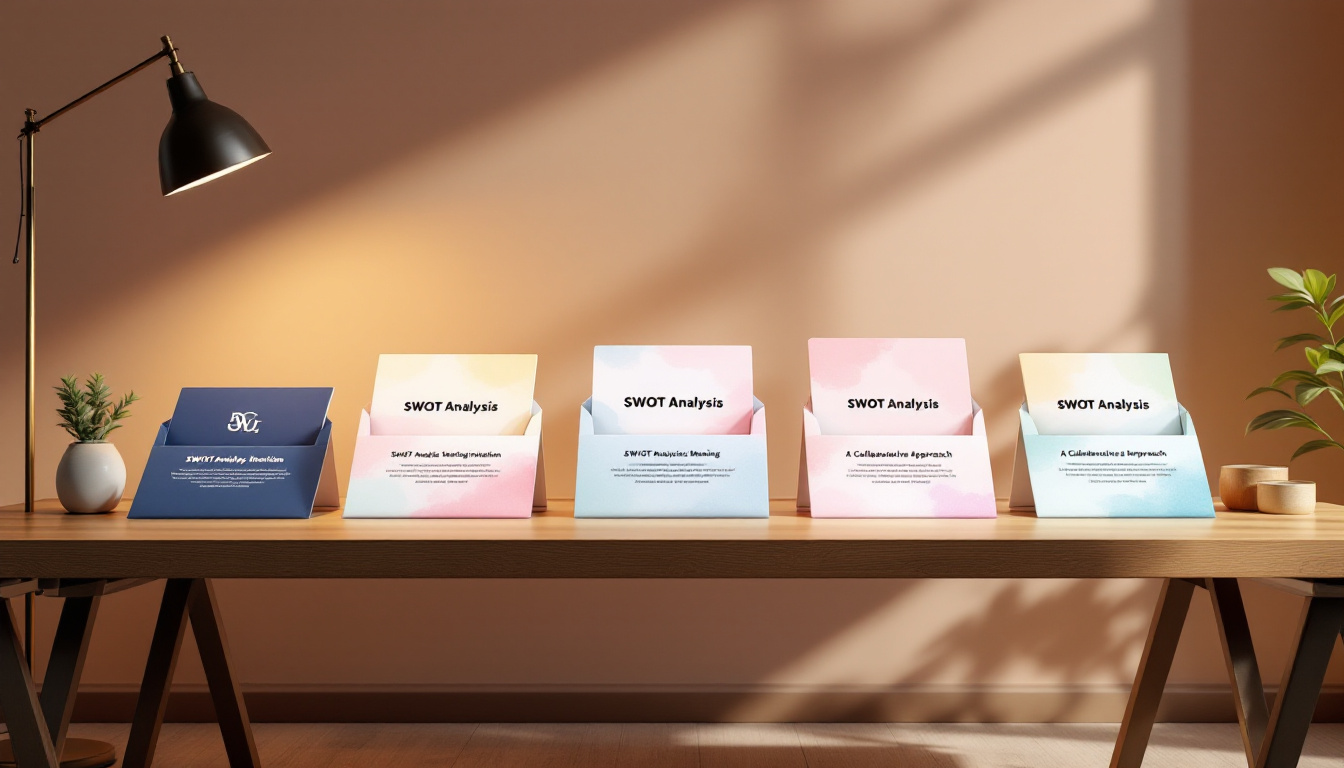In a constantly evolving professional world, mastering the art of requesting a meeting via email has become an essential strategic skill in 2025. Whether it’s for conducting an in-depth SWOT analysis, developing a development strategy, or conducting a strategic consultation, a well-written message can open the door to partnership, assessment, or diagnostic opportunities. The key lies in the ability to structure an impactful, personalized email that respects your recipient’s constraints. This guide reveals five effective templates to maximize your chances of securing a meeting, while strengthening your professional image and promoting the collection of valuable information for your strategic planning.
How to Structure an Effective Email Proposing a Meeting in 2025
To ensure your meeting proposal is accepted, the first step is to adopt a clear and engaging structure. The method remains the same: capture attention with a relevant subject line, establish a personalized context, and then make a specific and tailored request. In 2025, where information overload requires concise communication, it’s essential to adhere to these principles to effectively stand out.
Properly organizing your message plays a decisive role. Here are the key elements to include:
- Email subject line : Short, precise, and compelling, for example, “SWOT analysis proposal to strengthen your strategy.”
- Personalized greeting : Use the recipient’s first or last name to establish a sense of connection.
- Introduction : A few lines to introduce your background, expertise, or specific interest.
- Body of message : Detail the meeting proposal, emphasizing the added value (e.g., improving performance, optimizing a strategy, etc.).
- Clear call to action : Offer several slots or invite the recipient to suggest their availability.
- Courteous closing: Thank them for their attention and invite them to respond. This approach ensures that your request will be clear, respectful, and compelling, thus maximizing your response rate.
Adapt the content to each context: from consultation to strategy
Each meeting proposal must be finely tailored to the specific context. In 2025, where competition is fierce in most sectors, personalizing your approach becomes a necessity. Whatever your request—a consultation, an assessment, or a strategic diagnosis—the message must reflect an understanding of the challenges your interlocutor faces.
For example, if you are approaching a strategy manager at a technology company, emphasize how your SWOT analysis can inform their innovative development plans. If your target audience is an HR manager or a recruiter, highlight the value of a strategic analysis for talent management or transformation projects. Here are some tips for effective personalization:
Research the company and its recent challenges via LinkedIn or their website.
Include information specific to their industry or current projects.
- Adapt your communication style, being more formal or more casual depending on the profile.
- A tailored approach demonstrates your seriousness and your willingness to meet their specific needs, which makes it easier to schedule an appointment.
- The right tone and language to convince during your request
Choosing clear, engaging, and professional language is essential for persuasion in 2025. With the overabundance of information, a simple and sincere message will have more impact than a speech that is too technical or pompous. What matters is to show that you understand your interlocutor’s problems and that your proposal provides a concrete solution.
To achieve this, prioritize:
A cordial and personalized tone
Short, direct, and effective sentences
- Emphasize the added value for your interlocutor
- A positive and solution-oriented formulation
- Example: “I am convinced that our strategic analysis could identify growth drivers for your company. Would you be available to discuss this during a meeting?”
- This style encourages a favorable response by emphasizing the benefits while remaining respectful of others’ time. Concrete examples of meeting requests for a SWOT analysis
Here are five message templates for various situations, each designed to maximize impact and interest in the recipient:
Type of request
Example of wording
Proposal to a prospect
| Follow-up after contact at an event | After a recommendation |
|---|---|
| For a specific project | |
| Diagnostic proposal for a partnership | |
| I would like to propose a SWOT analysis to assess the strengths and areas for improvement of our potential partnership. This could help us develop an effective joint strategy. What do you think? | |
| Strategies for ensuring effective follow-up and securing a confirmed meeting | |
| Once your first email has been sent, it is crucial to ensure strategic follow-up without being pushy. In 2025, systematizing this step, using digital tools, optimizes planning and strengthens your credibility. | Here are some best practices to maximize your chances of success: |
Wait 3 to 5 business days before following up to give the recipient time to respond.
Write a polite follow-up, briefly restating your initial request and proposing new time slots.
Use tools like
- Calendly
- or
- Google Calendar to simplify scheduling. Show empathy and remain flexible to meet the prospect’s constraints. Limit the number of follow-ups to maintain a healthy professional relationship. A well-balanced follow-up message can turn an opportunity into a confirmed appointment, provided you follow these principles.
- Digital tools to organize your schedule and facilitate appointment scheduling
- Online solutions play an essential role in the efficient management of your appointments in 2025. In addition to their practicality, they also convey a professional impression that reassures your contact.
Here are the essential tools:
Calendly: allows you to offer available slots in real time, with automatic synchronization with your calendar. Doodle
: Ideal for organizing group meetings or offering multiple scheduling options.
Outlook Calendar
- : Integrated with Microsoft 365, widely used in large companies for seamless scheduling. Google Calendar
- : Simple, efficient, and compatible with many other tools. Integrated solutions
- : Such as HubSpot or Salesforce, which also offer appointment management and customer tracking. The choice of tool depends on the size of your organization, the frequency, and complexity of your meetings. Simplifying scheduling allows you to devote more time to actual strategic analysis.
- Mistakes to avoid to ensure a successful meeting In 2025, where digital communication has become ubiquitous, certain pitfalls can reduce your chances of getting a favorable response. Here are the most common mistakes to avoid:
- Lack of clarity: not specifying the purpose or value of the meeting. Message too long or too generic: loss of interest from the recipient.
Not offering time slots: not easy for the recipient to respond.
Ignoring personalized context: sending a standard message without adaptation.
Inappropriate follow-up: following up too early or too late, or with an insistent tone.
- To stand out, the tone must remain professional, respectful, and focused on the value of the meeting. Personalizing the message remains the golden rule. Mastering follow-ups and converting the opportunity
- The follow-up process is a delicate step. In 2025, the use of emails, or even tools like these follow-up templates, can bring a touch of efficiency and humility to the process. You should adopt a friendly tone, reiterate the value of the planned consultation, and demonstrate flexibility. A few key rules:
- Send the follow-up between 3 and 5 days after the initial contact. Briefly restate the purpose of the request, but keep it concise.
- Suggest new times to accommodate your schedule. Remain courteous, professional, and avoid any pushy attitude.
- Limit the number of follow-ups to avoid compromising the relationship. A well-executed follow-up can make all the difference in bringing your SWOT analysis to fruition, strengthening your strategy, and expanding your network.



